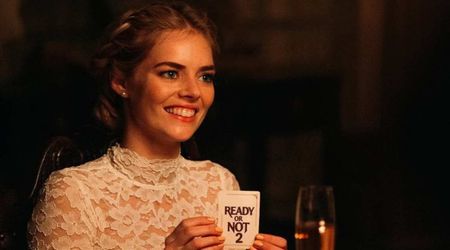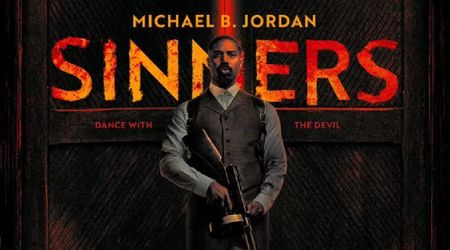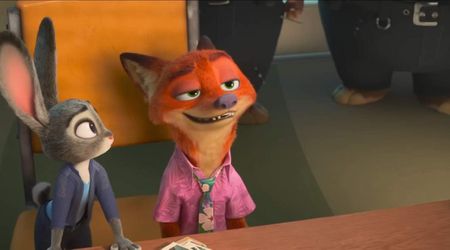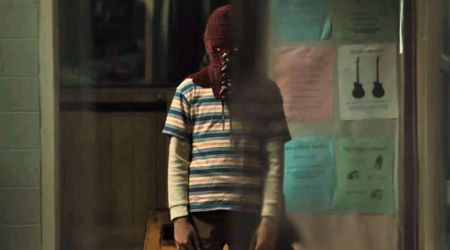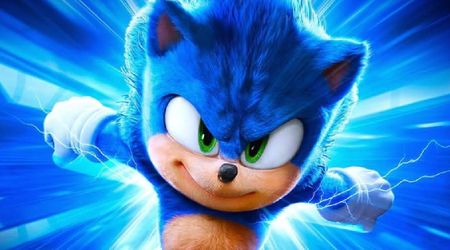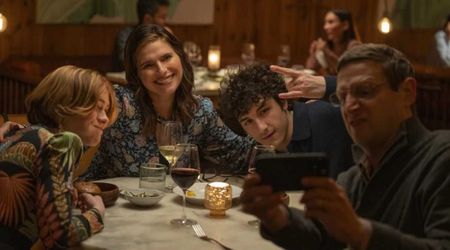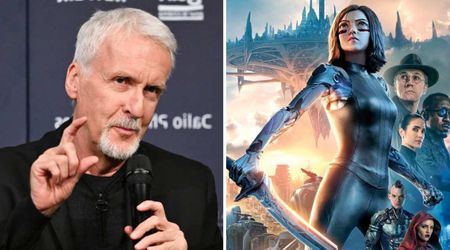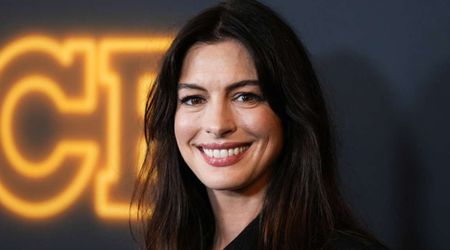‘Harry Potter’ added a subtle Snape clue in the movies that fans never got in the books
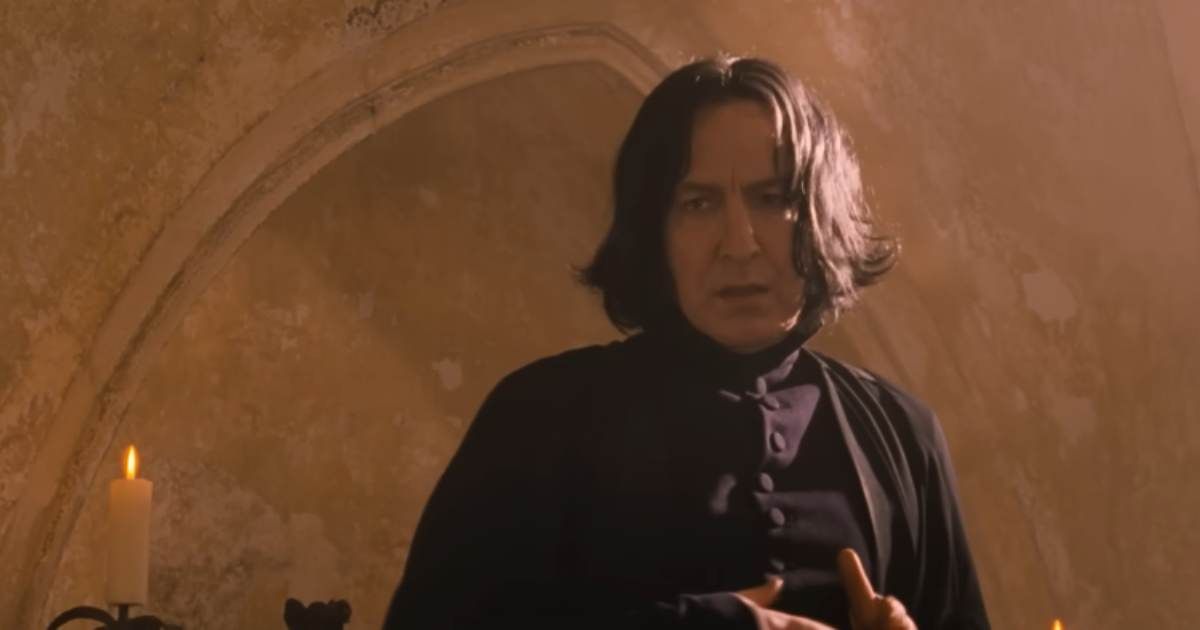
Throughout the entire 'Harry Potter' series, the character of Severus Snape bears special significance. Not only did he function as a double agent, but he also won millions of hearts with himself being ultimately revealed to be one of the good guys. Played by the late Alan Rickman, Severus Snape was often presented as someone who interchanged himself between being an evil and haughty professor at Hogwarts. Nevertheless, 'Deathly Hallows' featured an element of foreshadowing that made sure that his stint as a villain came undone later on in the story, as per a report by ScreenRant.
As is contained in the 'Harry Potter' books, Snape was derided as a villain once after he seemingly murdered Albus Dumbledore in 'Harry Potter and the Half-Blood Prince'. He was also identified as being a double agent, owing to his proficiency in the skill of Occlumency. However, the discerning reader could have identified several hints and clues that would eventually lead to the shocking twist involving Snape putting an end to the Carrow Twins. It was in the manner of dispersing these clues that the book series and the film series crucially differed.
The books contained several subtle hints, such as Snape's act of saving Harry from certain death, and the dual connotation of the line "Severus...please" uttered by Dumbledore in his last moments. The film version of 'Deathly Hallows', albeit drawing upon the fandom that had grown considerably by then, contained a scene that took the foreshadowing process one step further. When the entirety of Hogwarts rose in rebellion and Harry confronted Snape in a duel, Professor McGonagall blessed the former with her support.
In the ensuing duel between the two professors, Snape noticeably does not go on the offensive. He does not fire a single shot from his wand and lets McGonagall proceed with the attack. In doing so, however, there comes a time when Snape almost willingly deflects one of McGonagall's spells behind him and directly aimed at the Carrow Twins. Being fellow Death Eaters, Snape's motivation to strike them seemed uncertain at first. Snape soon made his escape from the scene and went back to Voldemort.
In retrospect, it was the inherent good nature of Snape that prompted him to take care of the Carrow Twins before making his own escape. Alecto and Amycus were evil forces preoccupied with harming others at Hogwarts. By intentionally taking them down and by making it look like an accident, Snape ensured that he remained on the side of good rather than evil. This dramatic interaction is missing from the books, where the Carrow Twins are already taken care of by the time Snape escapes. The movie took a creative decision for heightened dramatic effect, and it worked marvellously!


